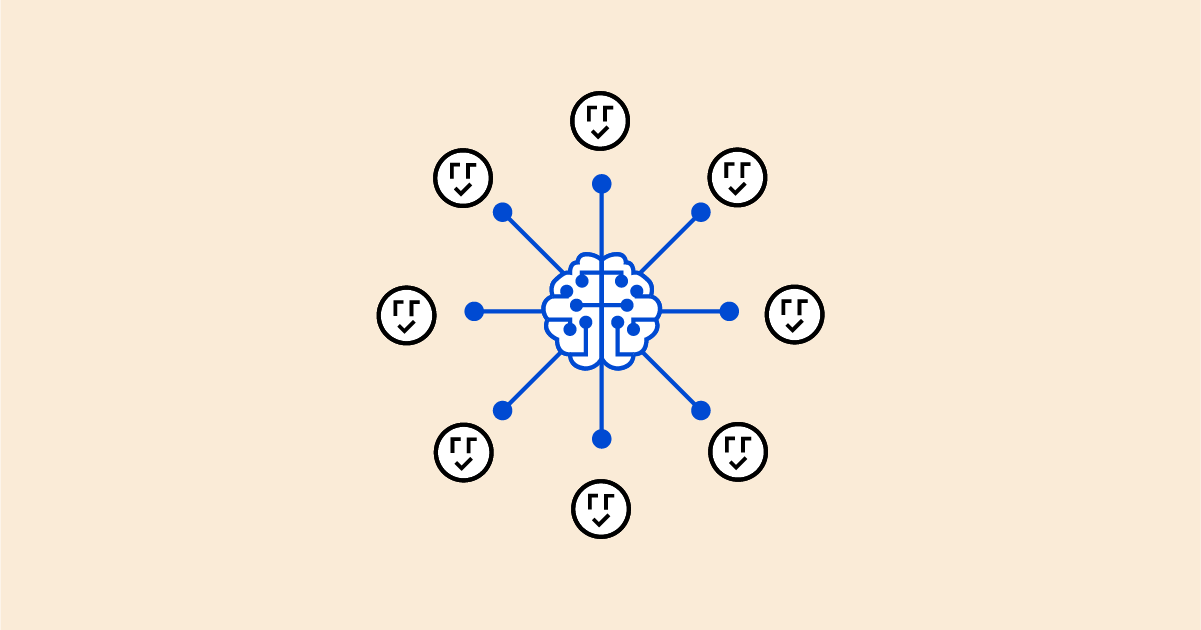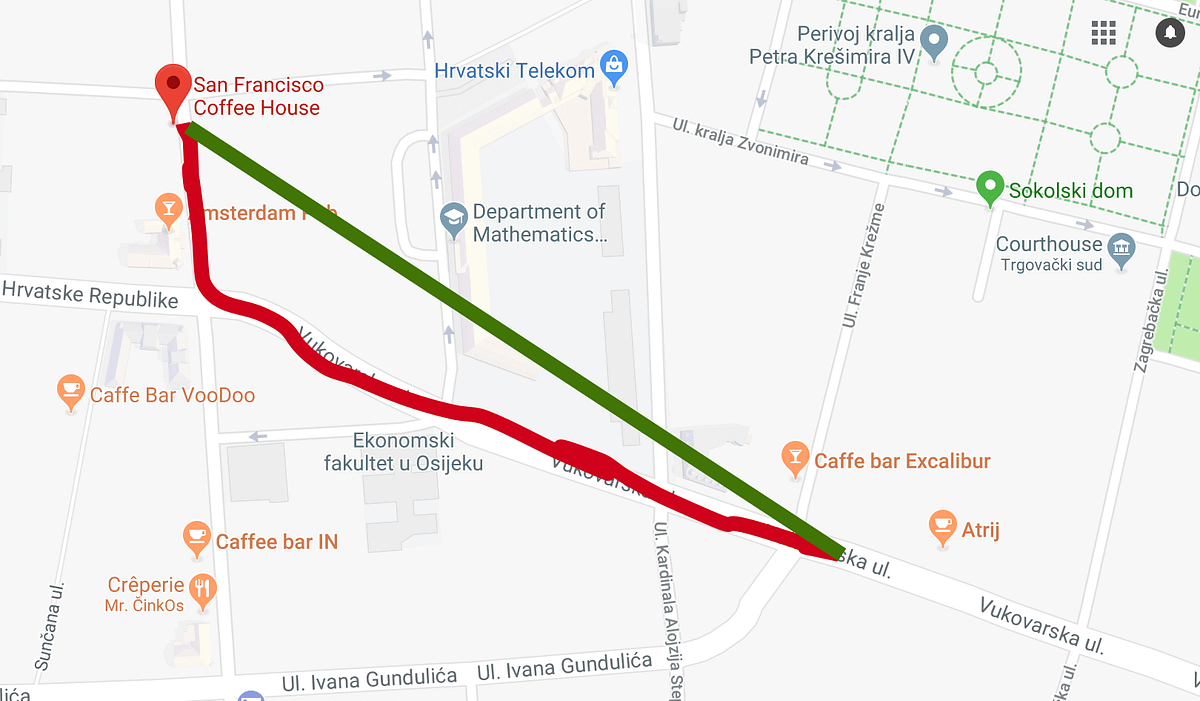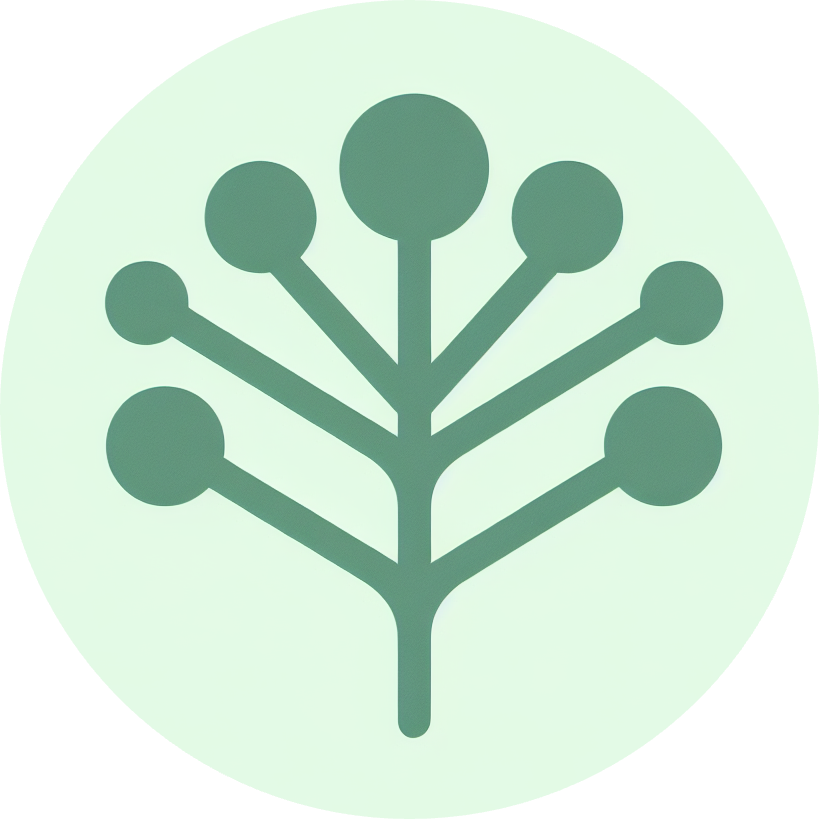
The Building Blocks of ROS
If you’ve kept up-to-date on tech’s latest robotics projects or tinkered around with your own robot kit, you’ve probably come across mentions of ROS.
At its core, the Robot Operating System (ROS) is an open-source software suite built to simplify robotics development. It provides a collection of tools that runs everything from low-level device control, hardware abstractions, and package management. Due to its distributed design, users can pick and choose what parts of ROS to integrate into their own projects.
ROS was born in 2007, out of roboticists’ desire to more easily share resources and build upon each other’s work. These experts experienced firsthand how difficult it was building software for an increasingly diverse array of robots across a variety of platforms, and realized that no one person was equipped to tackle the field’s challenges alone. They hoped a deliberately modular framework like ROS would foster more collaborative robotics development and encourage code reuse among the community’s brightest minds.
Nearly 15 years after its conception, the ROS ecosystem now consists of tens of thousands of users worldwide, with applications ranging from COVID-19 disinfection robots to humanoid robotic hands. Its members have contributed cutting-edge libraries like map generation systems, navigation tools, and computer vision utilities, ensuring ROS’s continued relevance in the robotics world.




















